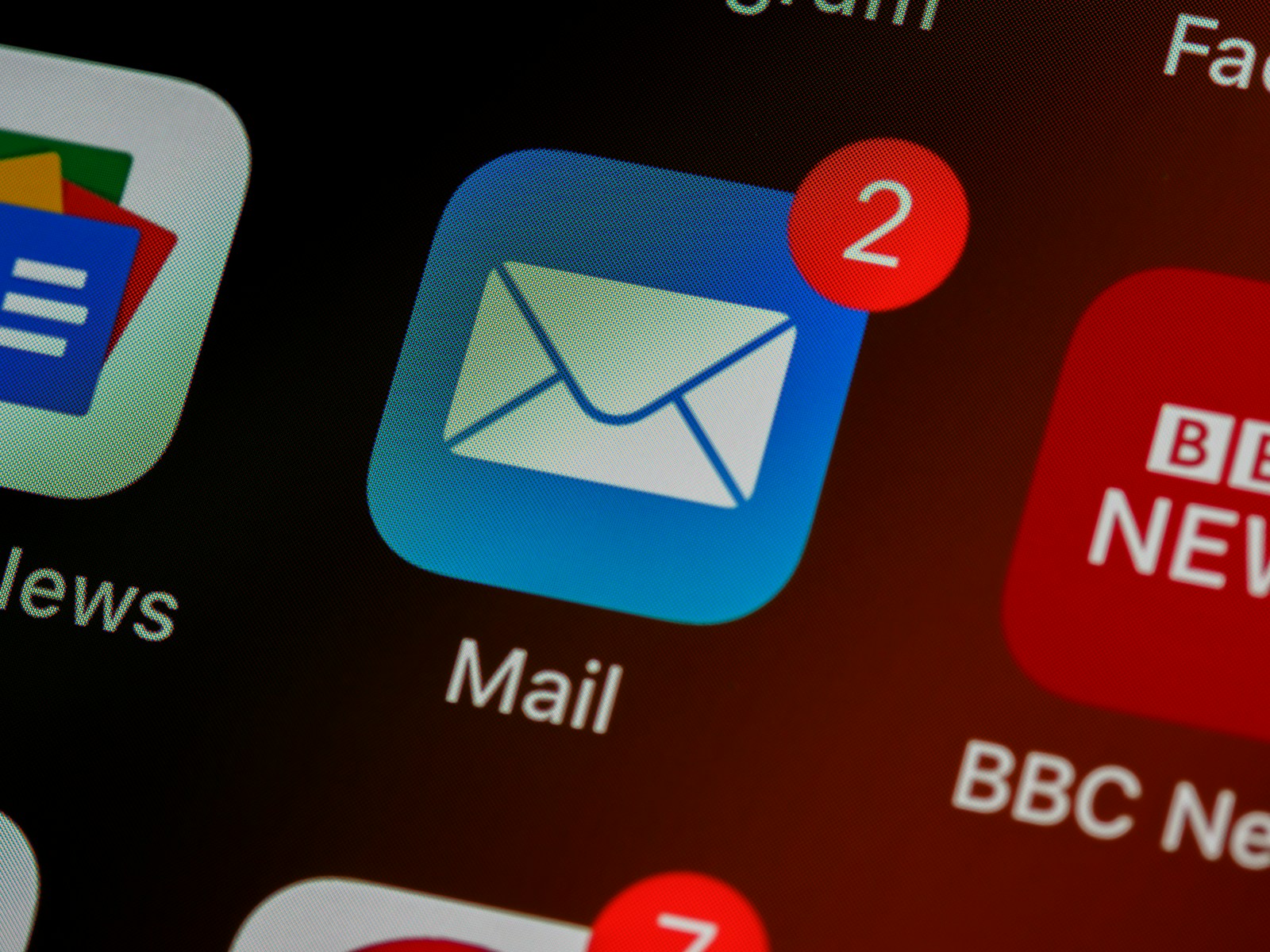We all want to spend our money and time wisely, especially when it comes to our marketing efforts.
When you look over your spending reports and compare it with your venue’s sales overview, the goal is always to create a return on investment: which is a ‘performance measure used to evaluate the efficiency or profitability of an investment or compare the efficiency of a number of different investments’. By combining your data with your communication efforts, you gain not only insights into understanding your audiences, but you can also generate more revenue. This ROI can come from the number one type of marketing communication: email campaigns.
Using email campaigns to target your audiences can be a useful way to get value from what you are promoting. Say you are promoting a show: the ultimate goal is to fill as many seats as possible in an effective way that makes it easy for you. Using email as a form of communication can give your organization so much value when it comes to connecting with your audiences. 3 ways that email gives you a return on investment is through monetary return, gaining more time and also the increase in customer satisfaction.
Make more money, by spending some money:
Well, sometimes you have to spend money to make money. The goal for every event is to sell the most tickets and the way to do that is to get people to hear, see and engage with the show, performance or game.
For every “$1 you spend on email marketing, you will recoup $40 on average, and McKinsey reveals that email is 40 times a more significant and effective way to acquire customers than social media such as Facebook or Twitter.”
90% of companies use email to rate content performance, so if you want to measure to see if your campaigns are effective in helping your organization, this is the way to go. It is important that what you are investing in gives you space for evaluation, so you are able to understand what works and does not work. Sending email campaigns is a great way to measure the effectiveness of your marketing content.
When it saves you time, it is worth the dime:
When you look at campaigns and focus on their engagement, there is always a lot of thought that goes through it. Especially with platforms like Facebook and Linkedin, you have to monitor everything. For example: when people are on, what the content is going to be, how many likes you have received, re-sharing the content etc.
With email, there is a similar focus, however the communication is more direct. ‘Email is not a social media so you don’t have to work through funneling what else could be interesting to your customers because email is made for them to focus only on communication’ (Voila Norbert). Advertising in this way can create more engagement as the customers feel that the efforts are more personalized, rather than sending out a campaign on social media.
Besides recommending the right product by using more personal-based content, it’s more likely you will gain that sale too, as well as keep your customers happy and satisfied. ‘A well-made CRM tool with great automation features will help drive customer growth substantially for businesses, as it can analyse what works best for the client.’ (Techradar Pro.)
Connection with customers is also a return on investment
When you mix data with your marketing – it allows you to connect – not just the financial return on investment but also the personal side. ‘Personalizing campaigns is very effective in driving email revenue and generates as much as 122% ROI. One very effective way you can embark on personalization is by using segmentation.’
Segmentation is a really easy method to do this with email marketing. You can create segments so you can easily communicate with your audiences. ‘By segmenting your email campaigns, you can increase open rates by 26% and also have a 760% boost in your ROI. You can proceed by grouping your customers by their purchase histories, locations, genders, ages, or even job titles’ (Business 2 Community).
Have a think about that you don’t always need to have a sale as your focus. You can also use the email campaigns to build loyalty. Remember that the recipient accepted to receive these emails when they signed up – this means that you have a closer relationship with them as opposed to running ads on social media. Hence, the recipient doesn’t think of the email as a sales/marketing exercise.
I’m on board with focusing on email campaigns, now what?
Overall, the best way to sell more tickets is to improve your marketing efforts by focusing on a channel that communicates well. You can do this, for example, by writing your subject lines with style or creating relevant content for your campaigns.
A way to make the email campaign a better tool, you can adjust the wording in your emails to adjust to the recipient’s special interests, if data shows that there is one.
Naturally, we mostly focus on selling tickets and that of course is an important goal, but where sales and marketing differ from each is that marketing nurtures the market until the audience is ready to buy. With that in mind, you can consider splitting up your communication to serve the specific purpose:
-
brand communication can be used to build your brand as a promoter, theatre etc (this mostly makes sense if your venue is closely linked with a specific genre of shows)
-
product communication is typically where you praise your product which should ideally lead to a sale
-
community communication is the non-selling communication that works well to strengthen consumer loyalty. This could be involving the audience in rehearsals, showing what’s backstage, interviews with the cast. Users on social media als love this kind of content.





